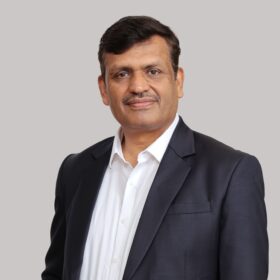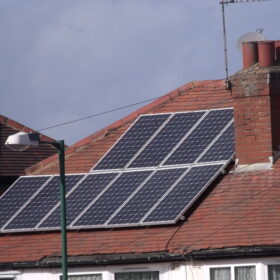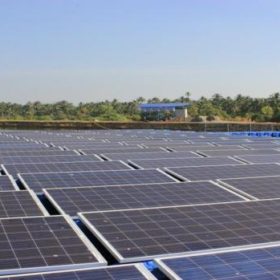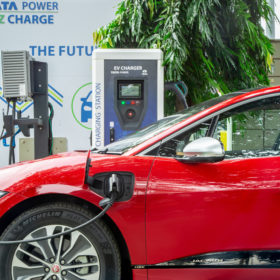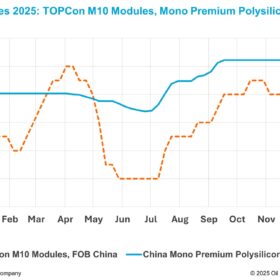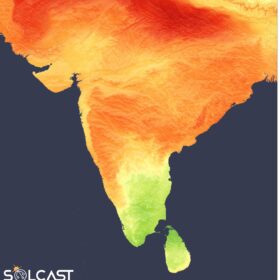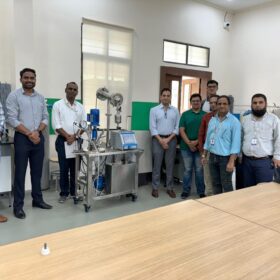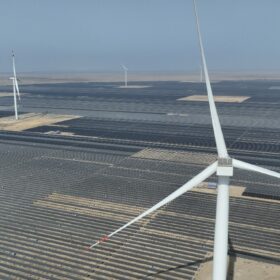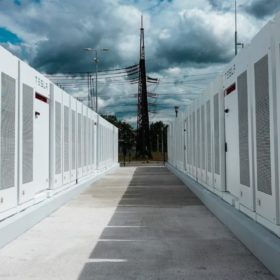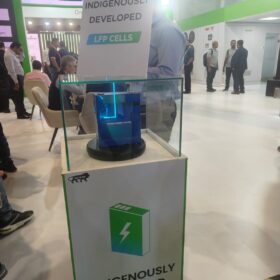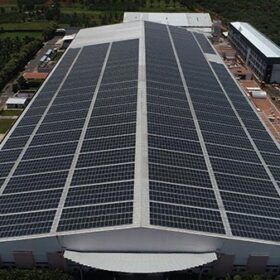“Waaree well positioned as trusted solar partner under Europe’s NZIA Regime”: Sunil Rathi
Waaree Energies is looking to deepen its presence in Europe as the European Union’s Net-Zero Industry Act (NZIA) reshapes solar procurement and curbs reliance on Chinese module suppliers. “As a listed, Tier-1, bankable manufacturer with a proven multi-gigawatt track record, we offer the scale and credibility European developers now prioritise,” says Sunil Rathi, executive director, Waaree Group.
Why Tier-2 and Tier-3 cities will drive India’s next big solar jump
Tier-2 and Tier-3 cities are no longer behind in the solar journey, they are becoming the main growth drivers. With better government support, easier net-metering rules, and more awareness about savings, people in smaller cities are now ready for rooftop solar in a big way.
Too much to choose from, too little to decide
Market pressure in the solar and storage sectors often favors low-cost solutions, but long-term success depends on balancing price, quality, and reliability for assets designed to operate for decades. Numerous examples, from low-grade silicon modules to residential hydrogen and redox flow storage, show how technically ambitious products can fail when costs, complexity, or durability are misjudged.
China files WTO complaint against Indian solar subsidies
China’s Ministry of Commerce has raised a complaint at the World Trade Organization (WTO) regarding India’s solar subsidies, claiming they give the country’s domestic industry an unfair advantage and harm Chinese interests.
TPCL tenders EPC package for 50 MW solar in Sri Lanka, NGEL invites bids for 100 MW agri-PV projects in India
Trincomalee Power Co. Ltd (TPCL), a 50:50 joint venture between Sri Lanka’s Ceylon Electricity Board and India’s NTPC Ltd, has invited bids for the EPC package of a 50 MW (AC), Phase I ground-mounted solar project at Sampoor, Sri Lanka, while NTPC Green Energy Ltd. (NGEL) has floated a separate tender for an EPC package with land to develop cumulative 100 MW agri-PV projects across four Indian states.
New report charts path to securing raw material supply chains for India’s EV growth
A new report by KPMG outlines strategies to enhance resilience and competitiveness in India’s electric vehicle (EV) ecosystem amid sharply rising demand for critical raw materials such as lithium, nickel, cobalt, and rare earth elements.
Canada opens review into anti-dumping duties on Chinese PV modules, laminates
Canada’s International Trade Tribunal is running an interim review of the country’s anti-dumping and countervailing duties on solar modules and laminates from China, following a request to exclude flexible solar panels that affix to curved surfaces.
China module market watches 2026 export rebate signals as polysilicon consolidation platform company is registered
In a new weekly update for pv magazine, OPIS, a Dow Jones company, provides a quick look at the main price trends in the global PV industry.
Solar surge in Northern India as Cyclone Ditwah cuts irradiance in the south and Sri Lanka
In a new weekly update for pv magazine, Solcast, a DNV company, reports that November brought above-average solar conditions in northern India and Pakistan, while southeastern India and Sri Lanka faced reduced solar output due to Cyclone Ditwah’s storms and heavy cloud cover. Despite southern disruptions, India’s renewable energy share rose, driven by strong solar generation in the north and overall growth in renewable capacity.
MIT-WPU researchers develop safer liquid hydrogen transport system
Researchers at India’s MIT World Peace University (MIT-WPU) have developed a Liquid Organic Hydrogen Carrier (LOHC) system capable of transporting hydrogen in a stable liquid form that is non-flammable, non-explosive, and manageable at normal temperatures and pressures. This breakthrough removes one of the biggest barriers slowing the widespread adoption of hydrogen in India.
